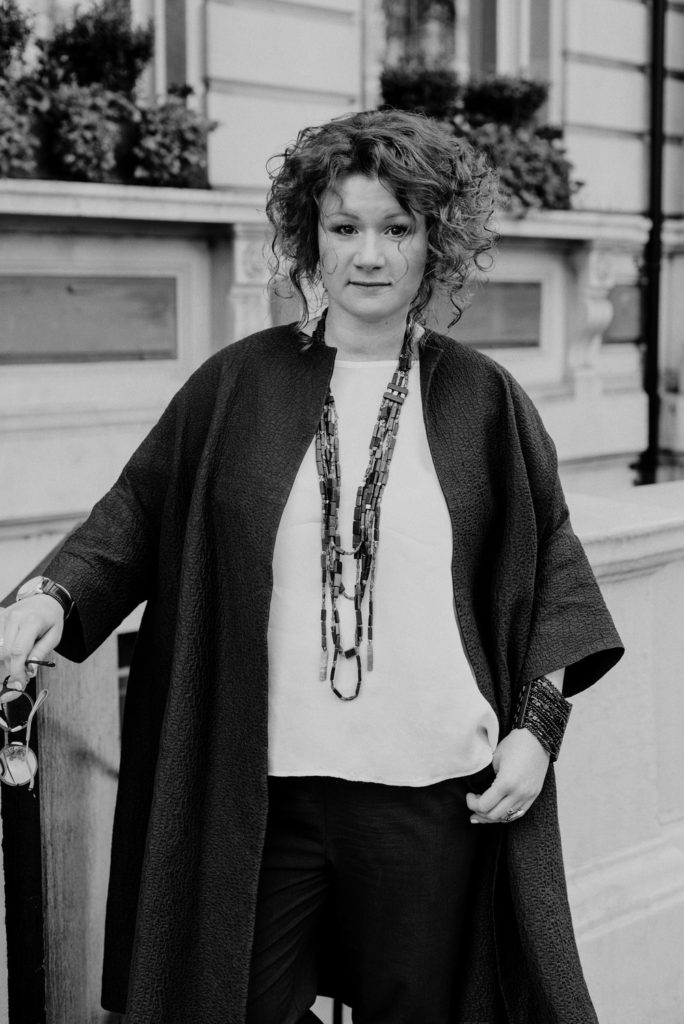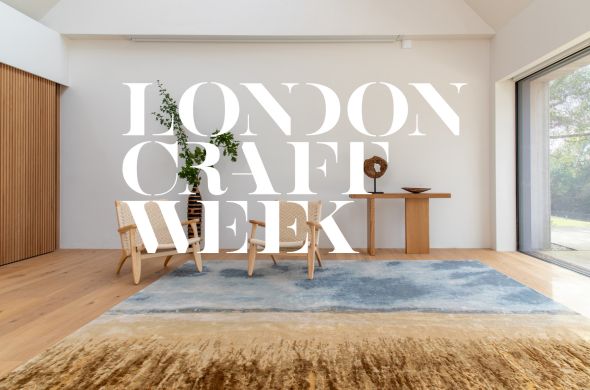Interior designers do far more than just help choose nice cushions. They play a crucial role in ensuring your new space works for you on every level, turning a house into a home and making it a pleasure to live in.

Anna Agapova, Creative Director at O&A London tells about the design process and trends in September issue of Homes & Interiors Scotland.
What are the benefits of using an interior designer?
Anna Agapova: A good designer is an artist and a psychologist. They study their clients, their rhythm of life, character, dreams and desires. And then they reflect this in the design, creating spaces that go far beyond simply an idea of comfort. I want my rooms to be like art – to inspire people and bring out different emotions. It’s a myth that hiring a designer is expensive. A good designer will find the best combination of price and quality. They will know the characteristics of building materials and will tell you how these behave and whether their cost is justified. That way, you can avoid irreversible mistakes and unnecessary expenses. Also, many shops give designers discounts, which will help to keep your project on budget.
When should the interior designer get involved in a build or renovation project?⠀
Ideally, the interior designer should get involved at the very beginning. Just like the architect, builder and engineer, they will offer a different perspective and have an important influence on the finished product. The designer will draw up a work plan with a description of what needs to be done when. They’ll also assist with costs and can help steer you away from impulsive decisions that may break the budget. Most importantly, they will help create a space that truly reflects who you are.
What are the top trends for kitchens and bathrooms?
For bathrooms, I’d say the main trends are wood, wallpaper and freestanding basins. Adding something natural and organic makes the bathroom feel accessible and welcoming. Try a combination of different colours and styles of timber, a high-quality hardwood floor or wooden panelling. The latter can add tradition but changing the colour will freshen things. Consider wallpaper, especially a flower print, which is very on trend. Papers are easy to replace when – much easier than removing tiles. Papering just one wall is effective, particularly if it is something glamorous and with a sheen. The latest collection by Antonio Lupi, an icon of bathroom design, is proof that
freestanding washbasins have become the focus of contemporary bathrooms. Models made entirely of marble are especially stylish. Lightness and solidity are balanced by natural forms and streamlined shapes.
For kitchens, contrasting textures and smooth finishes are in vogue – a glossy splashback or marble countertop matches rough wood drawer fronts. Lighting is always crucial but we are seeing far more demand for statement pendants and chandeliers, rather than simple task lighting. Green and olive are the most popular colours for the new-season, combining with rough natural materials such as wood, stone, jute and leather. People are gravitating towards warm, tactile and above all natural materials. Waste segregation systems are no longer an optional extra; it is essential that designers make these invisible and highly functional.
Any design advice on windows and how to dress them?
We usually take a three-layer approach to dressing windows. We prefer a Roman shade from natural monochrome cotton as the outer layer; in the middle, we always put a blackout blind; and we finish this curtain pie with a decorative drape, which is made from natural materials such as silk or wool. This combination helps to control the light in the room, and shades the room easily in the summer.






